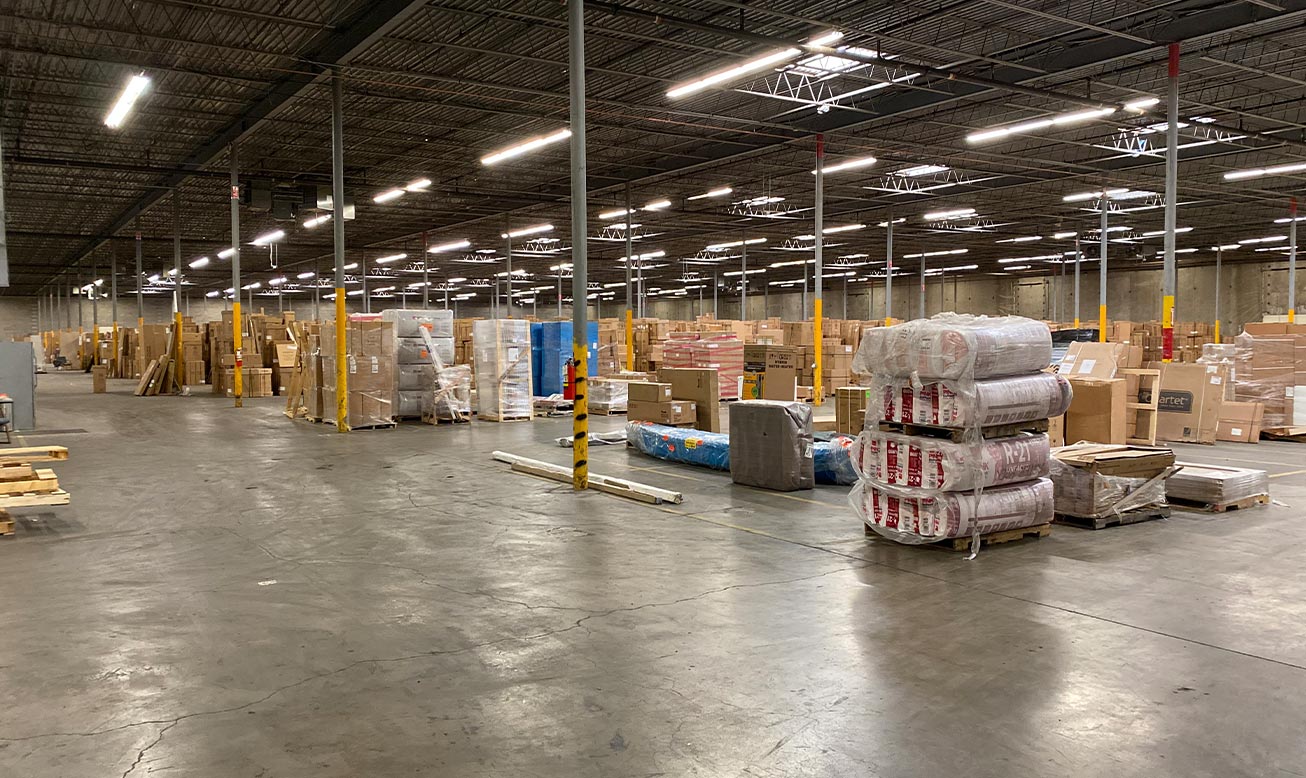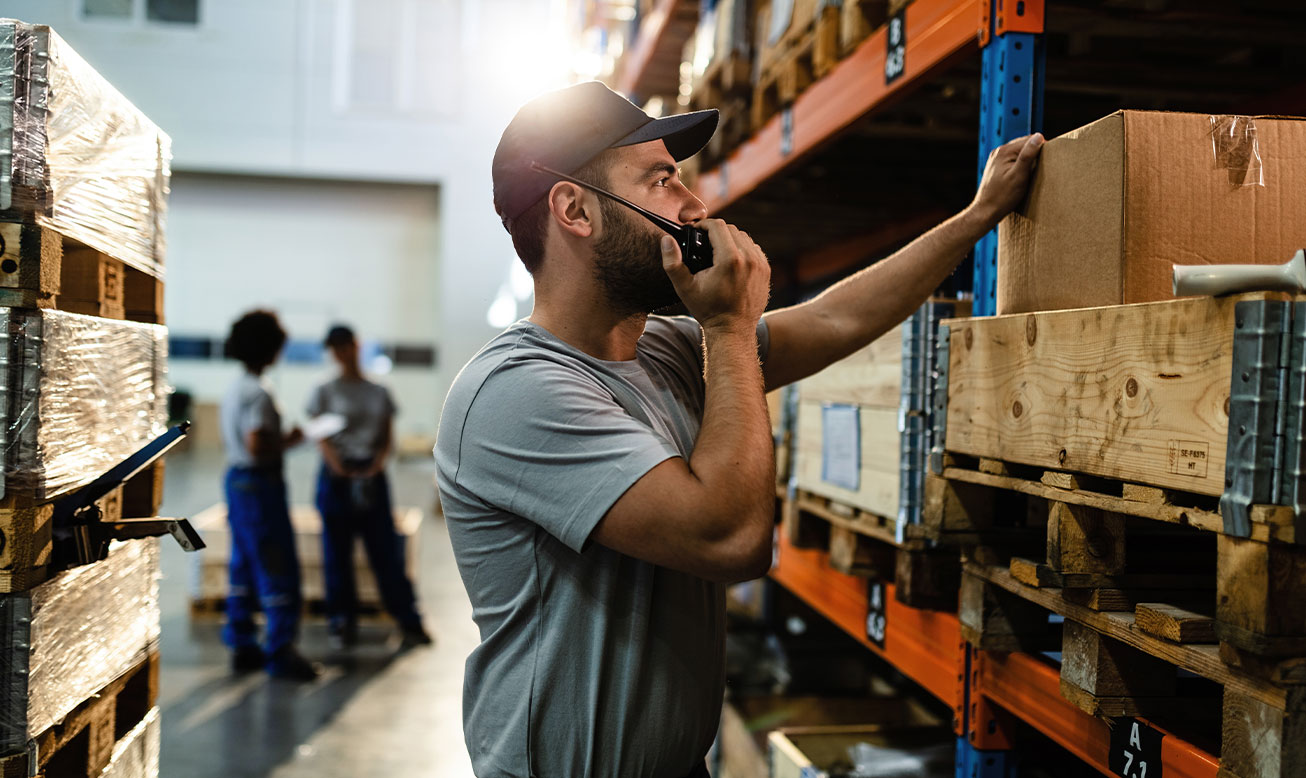May 19, 2024
The Human Factor Still Matters in Warehousing
In this era of modern logistics, warehouse operations have experienced a significant transformation. This evolution has been accelerated by fast advancements in warehouse technology, including the integration of Internet of Things (IoT) devices, artificial intelligence (AI), and a variety of automated systems. Despite these technological advancements, the human factor remains an essential element in effective warehouse operation management.
For decades, warehouse labor has been at the core of supply chain logistics, with human operators efficiently driving the complexities of handling, picking, and packaging a diverse range of goods. While automation and robotics have introduced remarkable efficiencies, the role of human warehouse personnel remains crucial in several key areas.
The Interplay of Technology and Human Expertise
The integration of warehouse automation has undeniably enhanced efficiency and accuracy in several aspects of warehouse operations. For instance, automated receiving systems have streamlined the initial stages of handling incoming goods, quickly and accurately scanning barcodes, RFID tags, and other identifiers to sort and record inventory with minimal human intervention. However, warehousing workers’ fine judgment and adaptability are irreplaceable, especially when dealing with exceptions, damaged goods, or complex orders that may not fit into the automated system’s parameters.
Warehouse operation management now involves a symbiotic relationship between advanced technology and human expertise. While machines excel at repetitive tasks, humans bring problem-solving abilities, critical thinking, and adaptability to the table. This is particularly meaningful in areas where customization and flexibility are required, such as handling unique or fragile items that automated systems might struggle with.

Human Warehouse Labor in the Age of Automation
The presence of warehouse technology has not eliminated the need for human labor; instead, it has transformed the nature of the work. Automation bears the bulk of repetitive and physically grueling tasks, reducing the risk of workplace injuries and allowing human workers to focus on more strategic, value-added activities. Warehouse people are now better engaged in roles that require decision-making, such as quality control, managing returns, and overseeing automated systems.
Training and skill development have become a cornerstone in this new environment. Warehouse workers must be proficient at using sophisticated technology and managing automated processes. This shift requires ongoing education and training programs, a crucial aspect that ensures that human workers can effectively collaborate with their computerized counterparts and continue to grow in this ever-evolving industry.
The Importance of the Human Touch
Despite the proliferation of advanced warehouse technology, the human touch remains indispensable. Skilled operators excel in areas that demand empathy, creativity, and detailed inspection. For example, in the e-commerce sector, personalized packing and customer service, where human interaction significantly enhances the client experience, are areas where human workers truly shine, highlighting the value of their role in the supply chain industry.
Furthermore, the concept of “the human cargo” spotlights the importance of human oversight in logistics. While machines can move products efficiently, humans are essential for ensuring that these products are handled with care, meet quality standards, and are delivered correctly. People’s irreplaceable value lies in their ability to troubleshoot unexpected issues, provide personalized solutions, and maintain excellence in customer service.

Balancing Automation and Human Input
Effective warehouse operation management requires a balanced approach that utilizes the strengths of both automation and human labor. Automated systems, such as robotic picking and sorting machines, provide speed and precision, while human workers bring adaptability and problem-solving capabilities. This balance ensures that warehouses can efficiently operate while maintaining the flexibility to handle many tasks and challenges. However, it is noteworthy that over-relying on automation can lead to a decreased adaptability for handling unexpected situations that fall outside the automated system’s standards, which is where human workers’ problem-solving abilities become crucial.
To achieve this balance, warehouses are increasingly adopting a collaborative approach where robots and humans work side by side. Collaborative robots, or cobots, are designed to assist human workers by handling repetitive, hard-fought tasks, freeing up people to focus on more engaging activities. This collaboration enhances productivity while maintaining a high level of job satisfaction among warehouse workers and reducing the risk of injuries or physical strain.
Future Trends in Warehouse Operations
Looking ahead, the future of warehouse operations will likely see even greater integration of advanced technologies with human labor. Emerging technologies like AI-driven analytics and machine learning will provide deeper insights into inventory management, demand forecasting, and operational efficiency. However, the human factor will remain fundamental in interpreting these insights and making strategic decisions, such as adjusting inventory levels based on market trends or customer feedback.
Moreover, as automated systems become more sophisticated, the role of human warehouse personnel will evolve to include more oversight and management of these systems. This evolution will require continuous learning and adaptability from warehouse staff. Managing this transition with prowess will be a key challenge for warehouse managers and stakeholders, and strategies such as phased implementation, comprehensive training, and clear ongoing communication can help ensure smooth and successful growth.
At Last Mile Logistics, we are genuinely proud of every member of our extended network of transportation partners. While automation and advanced technologies have revolutionized warehouse operations, the human factor remains a vital component of effective strategic warehousing. As the industry continues to evolve, the collaboration between automated systems and human workers, with their inherent ability to adapt, problem-solve, and innovate, will be vital to achieving optimal performance and delivering exceptional customer experiences. So please call us so we can evaluate your transportation needs.

